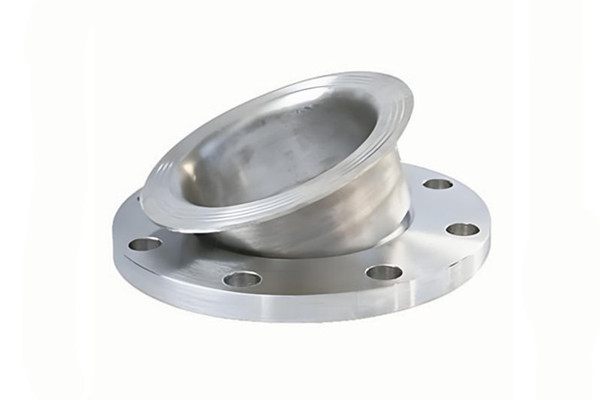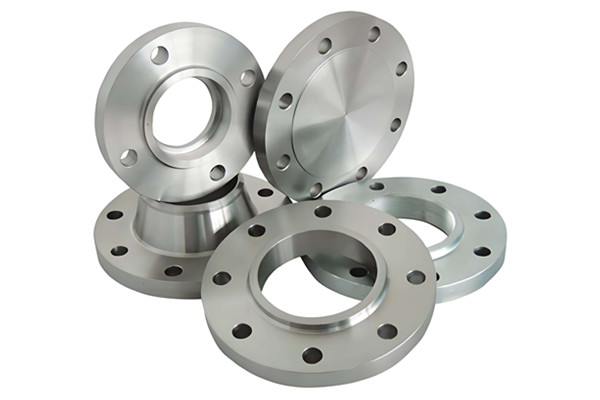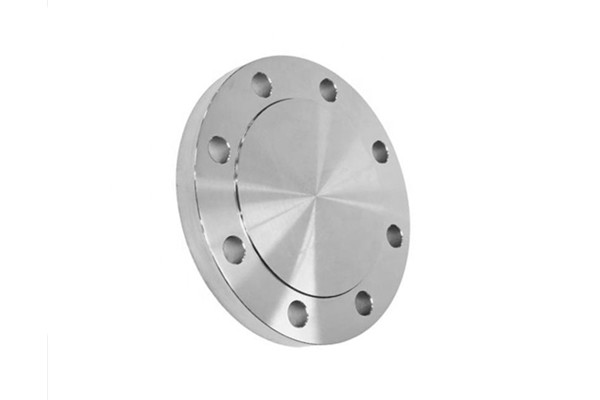Specifications
Sizes: 1/8" NB to 48" NB.
Grades: 150#, 300#, 400#, 600#, 900#, 1500#, and 2500#.
Stainless steel: ASTM A 182, A 240
Grades: F304, 304L, 304H, 316, 316L, 316Ti, 310, 310S, 321, 321H, 317, 347, 347H, 904L, Duplex UNS S31803, 2205, Super Duplex UNS S32750
Carbon steel: ASTM A 105, ASTM A 181
Alloy steel: ASTM A 182, GR F1, F11, F22, F5, F9, F91
Nickel alloys: Monel 400 and 500, Inconel 600 and 625, Incoloy 800, 825, Hastelloy C22, C276
Copper alloys: Copper, Brass and Bronze
Flange face types Loose flange (loose flange):
American series: flat (FF), convex (RF), tenon (T), groove (G), female (F), male (M), ring joint (RJ/RTJ)
European series: Type A (flat), Type B (convex), Type C (tongue), Type D (groove), Type E (socket), Type F (groove), Type G (O-ring socket), Type H (O-ring groove)
Standard:
ANSI: ANSI B16.5, ANSI B16.47, MSS SP44, ANSI B16.36, ANSI B16.48
DIN: DIN2527, DIN2566, DIN2573, DIN2576, DIN2641, DIN2642, DIN2655, DIN2656, DIN2627, DIN2628, DIN2629, DIN 2631、DIN2632、DIN2633、DIN2634、DIN2635、 DIN2636、DIN2637、DIN2638、DIN2673
Applications of loose flanges (loose flanges)
Natural gas, chemical industry, petroleum, shipbuilding, ocean, papermaking, metallurgy, electricity, power, boilers, etc.
Maintenance
The maintenance of fixed flanges is more difficult than that of loose flanges, as any repair work requires complete disassembly. On the other hand, loose flanges are easy to disassemble, so repairs are relatively easy and less time-consuming. Regular maintenance is necessary to ensure the normal operation of both flanges and avoid system failures.
Get more help
Please contact us for a free quote and more information.



